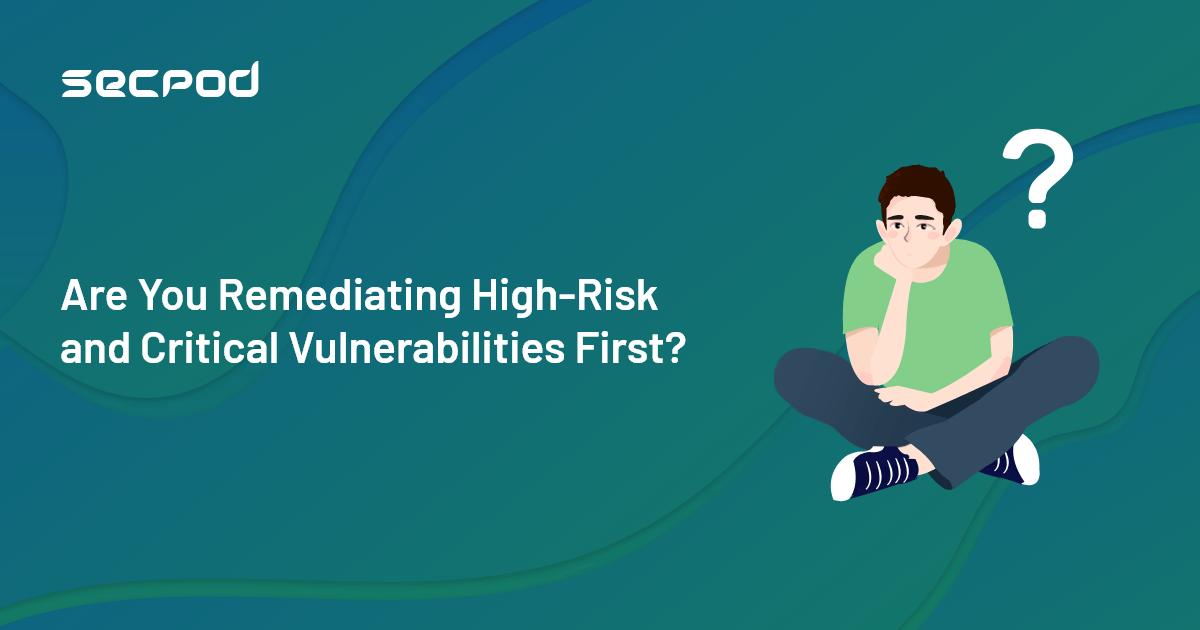Shouldn’t outdated risk assessment methods change?
Organizations have been relying on CVSS scores to triage the vulnerabilities in their environment. They are a good place to start, but cannot be the only factor to assess the severity. CVSS scores are assigned at the time of discovery of the vulnerability. However, they do not account for the changing real-time threat landscape across the globe after a few months or years.
The risk level of a vulnerability is always dynamic. Yet, many organizations rely on historical CVSS data, the hype created by media, and sometimes gut feeling. They mostly lack insights into the critical vulnerabilities in their network and tend to focus efforts on less critical ones. Moreover, the Hackers are executing mass exploits and ransomware attacks using various advanced techniques. To prevent such exploitations, a good patch management software will assist.
To be ahead of them, knowing what vulnerability has the highest probability of an exploit will let you prioritize your resources in a way that actually decreases security risk and not just cross a few vulnerabilities off the risk report.
The right way to triage vulnerabilities
Every organization should work towards implementing a process that lets them prioritize critical vulnerabilities by assessing the exact risk levels and not just perceived value. You should know what difference each remediated vulnerability would make to the security posture.
Your assessment should account for both external factors and the current state of your specific environment. To prevent the most probable exploits, the vulnerability remediation process must first be more strategic and goal-driven to remediate severe risks and critical vulnerabilities.
The Expert’s guide to risk-based vulnerability management
We have put together a guide to start you off on a stronger vulnerability management journey. However, Apart from CVSS scores, there are many other factors that influence the risk level of a vulnerability. Learn what those factors are and how they influence prioritization.
Gartner asserts that by 2022, organizations using risk-based vulnerability management will suffer 80% fewer breaches.
Here’s a quick overview of the guide. You’ll know:
- What is risk-based vulnerability management? Why does your organization need it now?
- Factors to calculate and analyze the risk levels of vulnerabilities
- Terminology to classify vulnerabilities based on their risk
- Hitting the bullseye when choosing a risk-based vulnerability management tool
Finally, Learn about risk-based vulnerability management and upgrade your security operations according to the latest trend.
It will be why you were able to save your business one day!



